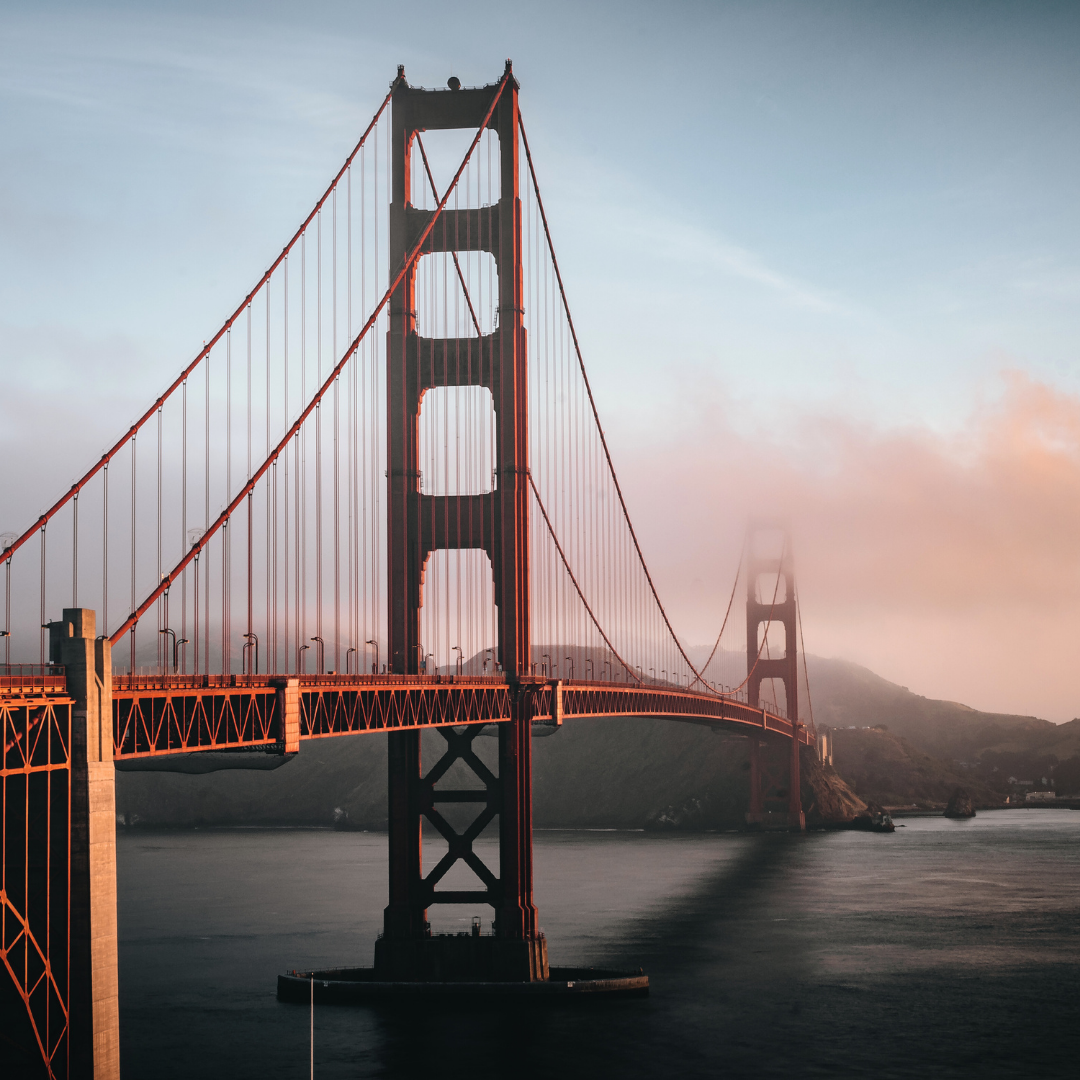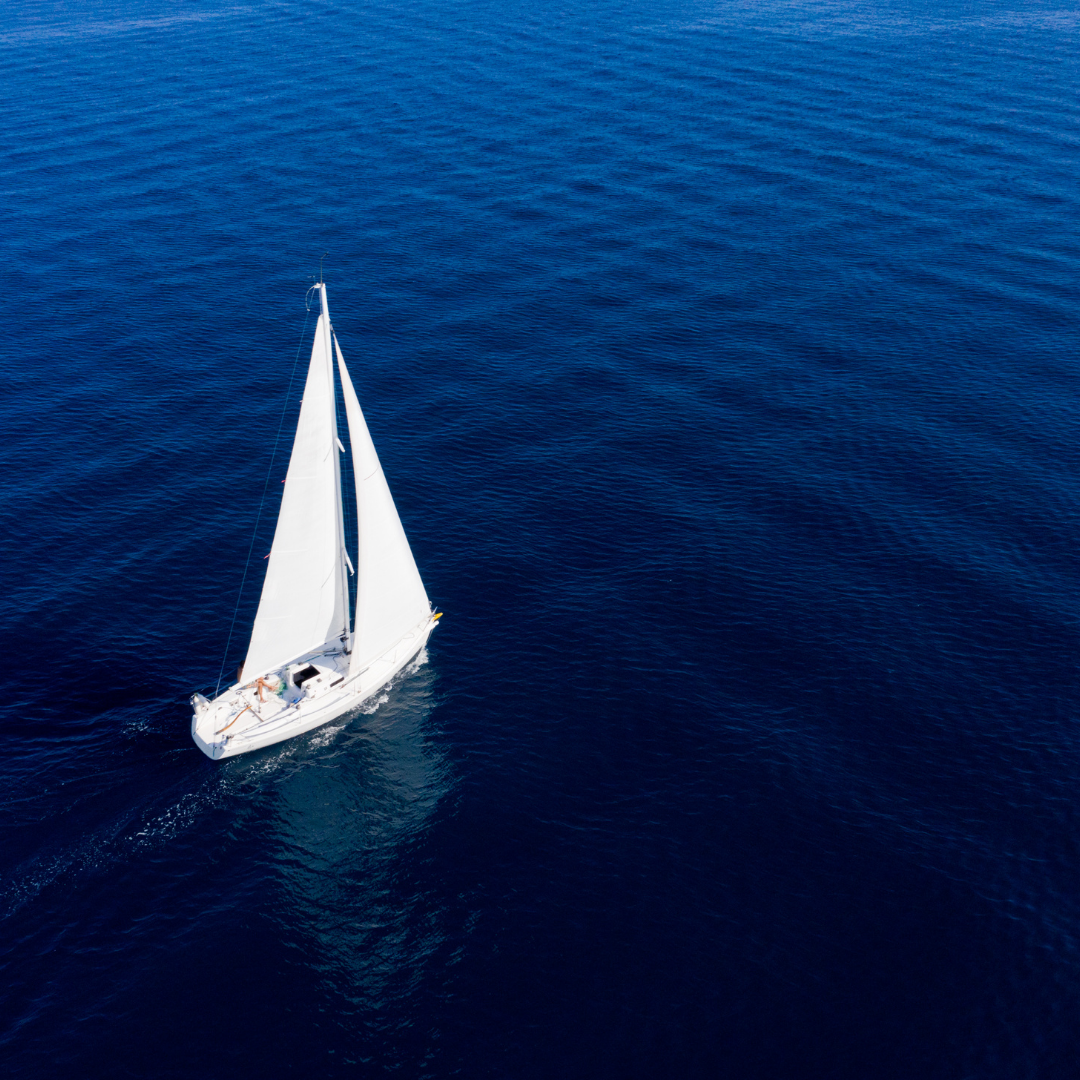Whale Watching in Baja California: Encountering Majestic Marine Giants

Baja California’s expansive coastlines, where the desert meets the sea, serve as a theatre to one of nature’s most enchanting performances – the dance of whales. Annually, these marine giants make their way to these serene waters, offering enthusiasts a once-in-a-lifetime spectacle. From the robust gray whales to the majestic blue giants, Baja is a realm of marine dreams. This guide unveils the magic of whale watching in this region, ensuring every traveler can fully savor this natural phenomenon.
The Great Migration: Understanding the Whale’s Journey
The migration of whales is a spectacle that is both mesmerizing and informative, telling a tale of survival, nature’s cycles, and the lengths these creatures will go to ensure the safety of their offspring. Gray whales, in particular, embark on a staggering journey, covering distances of up to 12,000 miles from the feeding grounds of the Arctic to the warm, sheltered lagoons of Baja California. This migration serves two significant roles. The colder Arctic waters provide an abundant food supply, crucial for building up fat reserves, while Baja’s sheltered lagoons offer an ideal environment for females to give birth and nurture their calves, safe from potential threats like killer whales. Observing this migration is like watching nature’s very own, meticulously designed, relay race. The northward migration sees juveniles and males leading the way, closely followed by females and lastly, mothers with their young calves, making their first journey. This migration is not just a physical phenomenon; it tells a deeper story of adaptation, instinct, and the incredible resilience of nature.
Best Spots: Where to Witness the Gray Whales
The coastline of Baja California is generously dotted with spots that provide unparalleled views of the majestic gray whales, especially during the peak months from December to April. Ojo de Liebre, also known as Scammon’s Lagoon, is one of the most popular locations. The vast waters of this lagoon come alive with the playful antics of the whales, particularly the young calves, offering close encounters that often leave observers spellbound. San Ignacio Lagoon, another favored spot, combines the beauty of the desert landscape with the serene blues of the lagoon. It’s not uncommon here to have curious whales approach boats, allowing for an intimate experience. Magdalena Bay, with its network of mangrove-lined channels, offers not just whale watching but an entire ecosystem teeming with life, from sea lions to a variety of bird species. These spots, each unique in its charm, are gateways to the magical world of gray whales.
Encounters with Orcas and Humpback Whales
Baja California’s waters, while celebrated for the gray whales, also play host to other magnificent marine creatures. Orcas or killer whales are apex predators, and their presence is both awe-inspiring and intimidating. These intelligent creatures, known for their striking black and white patterns, often hunt in packs and are known to exhibit intricate hunting techniques, making every sighting an education. In contrast, the humpback whales, with their signature acrobatics and iconic flukes, are the showstoppers of the marine world. Their breaches, tail slaps, and intricate songs resonate through the waters, offering both visual and auditory delights. Each encounter with these creatures offers insights into their behavior, social structures, and the vibrant marine ecosystem they are part of.
Eco-Friendly Whale Watching: Respectful and Sustainable Tours
With the growing popularity of whale watching, there is an increased responsibility to ensure that these activities do not disturb or harm these magnificent creatures. Eco-friendly tours are designed with this philosophy at their core. These tours maintain a respectful distance from the whales, ensuring minimal disturbance. They are often led by knowledgeable guides who provide valuable insights into the lives and behaviors of the whales, enriching the experience. An essential aspect of these tours is their commitment to sustainability. This involves practices like limiting the number of boats at a particular spot, reducing noise pollution, and educating tourists about the importance of marine conservation. By opting for such tours, tourists can enjoy the wonders of nature without compromising on its well-being.
Loreto: The Blue Whale Capital
Loreto, a picturesque town on Baja California’s coast, holds a special place in the world of marine enthusiasts. It’s hailed as the ‘Blue Whale Capital.’ Blue whales, the largest animals on earth, grace the waters around Loreto, their sheer size and elegance making every sighting memorable. These giants, which can grow up to 100 feet, are a testament to the wonders of marine life. Loreto’s waters, with their unique mix of currents and nutrients, serve as an ideal feeding ground for these creatures. Observing a blue whale in its natural habitat, against the backdrop of the stunning Baja coastline, is an experience that resonates deep within, invoking feelings of wonder and reverence.
Local Legends and Whale Tales
Every culture and community has its stories, and in Baja California, tales of whales have been woven into the fabric of local lore. These stories, passed down through generations, often speak of the bond between humans and whales. Some tales narrate accounts of fishermen rescued by whales, while others talk of spiritual connections, where whales are seen as the guardians of the ocean. Engaging with local communities and listening to these stories offers a deeper, more intimate connection to the region and its marine inhabitants. These legends serve as a reminder of the age-old bond between man and nature and the respect and reverence that these majestic creatures command.
Photographing Whales: Tips for Capturing the Moment
Capturing the sheer magnificence of whales in a photograph is both a challenge and a joy. Given the unpredictable nature of these creatures, patience is a virtue. A few tips can make the endeavor more fruitful. A polarizing filter is a boon as it helps cut through the glare of the water. A fast shutter speed is essential to capture dynamic movements like breaches or tail slaps. Observing and understanding whale behavior, like the pattern before a breach, can provide those few crucial seconds to get ready for the shot. But above all, while the intent is to capture the moment, it’s equally essential to be present in it, to savor the magic unfolding before one’s eyes.
Whale watching in Baja California is more than a tourist activity; it’s a pilgrimage into the realm of marine wonders. The play of light on water, the distant spray from a blowhole, the gentle gaze of a curious calf, all culminate into an experience that transcends the ordinary. As the whales make their annual journey, they invite us to reflect on the beauty of nature and our role in preserving such wonders. Whether you’re an avid marine enthusiast or a curious traveler, Baja’s call is clear: come, witness, and be enchanted by the dance of its marine giants.


